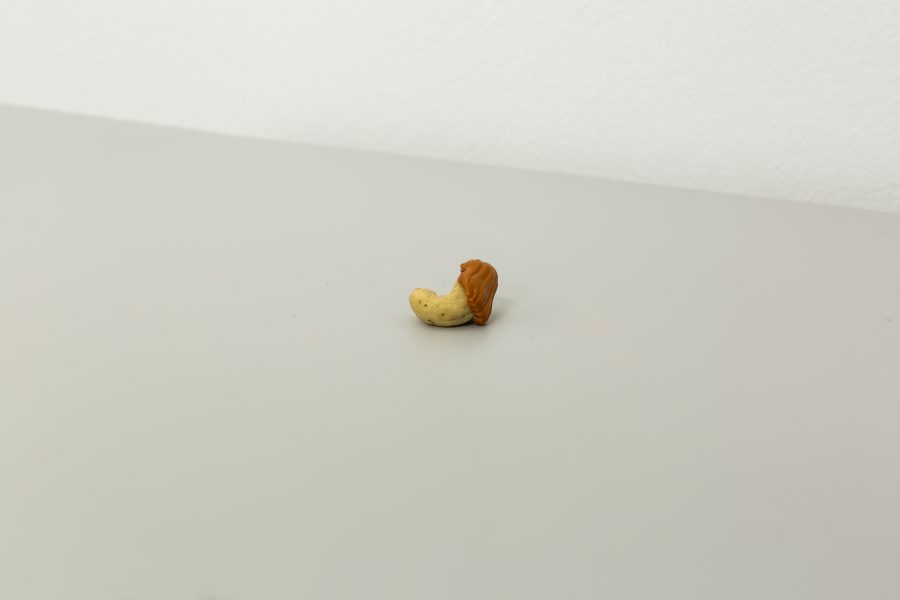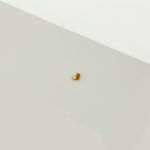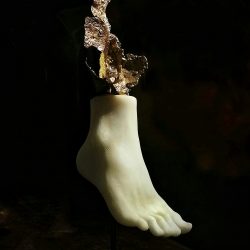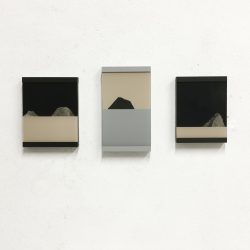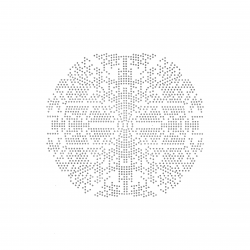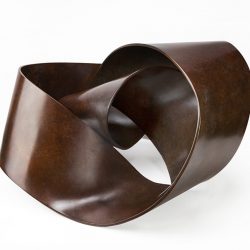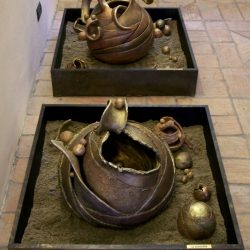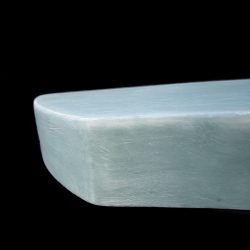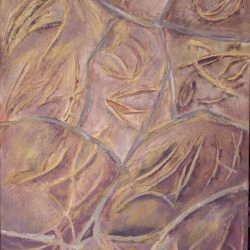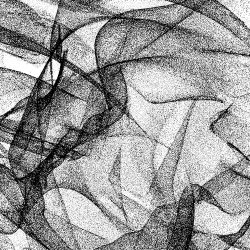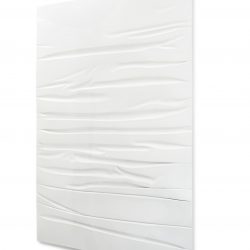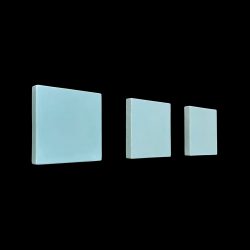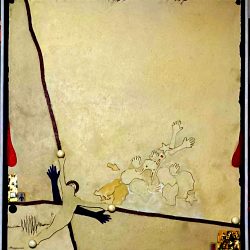work
Venere degli Anacardi
| category | Installation |
| subject | Abstract |
| tags | |
| base | 2 cm |
| height | 2 cm |
| depth | 1 cm |
| year | 2020 |
cashew, LEGO minifigure hair
Beauty, malice, sin, everything is in the eye of the beholder. Oscar Wilde first and many psychologists later said it, up to the Gestalt theory, according to which need organizes the perceptual field.I am never sure about my needs, but the images I project show them to me, even more than my conscious mind. The Venus of the cashews is the embodiment of my desire for grace, beauty and irony of forms. It is the emblem of my way of experiencing art, the animism of objects. It is as if matter were speaking to me, but perhaps it’s my soul that speaks through matter. When I first encountered the Venus of the cashews, her shape led me to dress her up in a red Lego wig that lay right next to her and next to me.
Who knows what intent Canova may have had, while sculpting Paolina Borghese as Venus Victrix, as well as celebrating the power of Napoleon through the exaltation of his sister beauty. Just as the statue of Pauline, with the changing needs of the society that housed it, lost its galvanizing power and became, according to Paolina herself, a sculpture that touches indecency, in the same way, from period to period, a cashew can arouse an irrepressible watering, a moment of ecstatic contemplation of the forms of the feminine, an archetype of ancient Greece or the overwhelming desire to shatter it. Interesting for me is the perspective that the work offers. Fascinating how such a small body, a two centimeters cashew, in the subjective view appropriates the dimensions that each of us prefers to imagine. Consistent with the perpetual search for the trust of others, every time I ask for an act of trust in me. The Venus of the cashews can never be viewed from the front, but only from behind. Certainly another stimulus to the imagination, but above all a gesture once again childish, in search of attention and will.
Beauty, malice, sin, everything is in the eye of the beholder. Oscar Wilde first and many psychologists later said it, up to the Gestalt theory, according to which need organizes the perceptual field.I am never sure about my needs, but the images I project show them to me, even more than my conscious mind. The Venus of the cashews is the embodiment of my desire for grace, beauty and irony of forms. It is the emblem of my way of experiencing art, the animism of objects. It is as if matter were speaking to me, but perhaps it’s my soul that speaks through matter. When I first encountered the Venus of the cashews, her shape led me to dress her up in a red Lego wig that lay right next to her and next to me.
Who knows what intent Canova may have had, while sculpting Paolina Borghese as Venus Victrix, as well as celebrating the power of Napoleon through the exaltation of his sister beauty. Just as the statue of Pauline, with the changing needs of the society that housed it, lost its galvanizing power and became, according to Paolina herself, a sculpture that touches indecency, in the same way, from period to period, a cashew can arouse an irrepressible watering, a moment of ecstatic contemplation of the forms of the feminine, an archetype of ancient Greece or the overwhelming desire to shatter it. Interesting for me is the perspective that the work offers. Fascinating how such a small body, a two centimeters cashew, in the subjective view appropriates the dimensions that each of us prefers to imagine. Consistent with the perpetual search for the trust of others, every time I ask for an act of trust in me. The Venus of the cashews can never be viewed from the front, but only from behind. Certainly another stimulus to the imagination, but above all a gesture once again childish, in search of attention and will.



